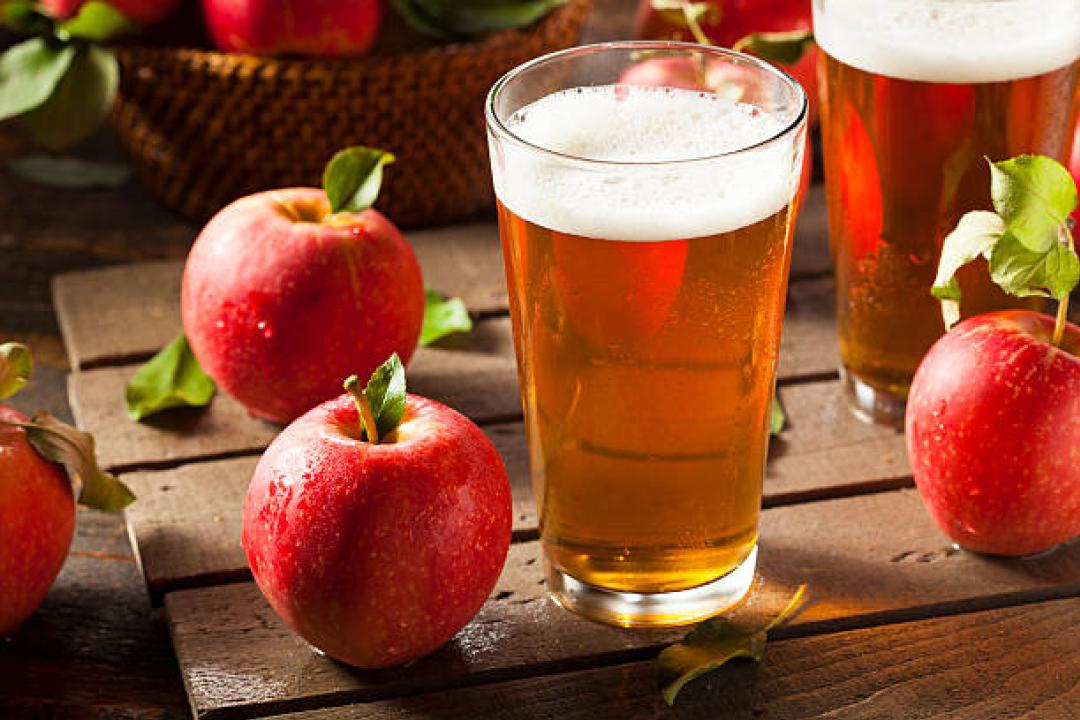Origins of Making
It has a long history that can be traced back thousands of years. Evidence shows that as early as 3000 BC, wild apples were gathered and fermented into alcohol in areas stretching from Central Asia to Europe. The traditional method of pressing apples to extract sweet cider and fermenting it into an alcoholic beverage was well established by the Celts and later the Romans brought it making techniques to England. It became an important part of life and the economy in certain parts of Western Europe like Britain, France and Spain. Regions like Normandy and Brittany in France as well as the West Country of England became renowned for their production.
Different Styles Around the World
While its making traditions spread across much of Europe, different countries and regions developed unique >Ciders from Normandy and Brittany tend to be sweeter and fuller. Spanish ciders, like those from the Asturias region, have noticeable aromas of apples and berries. In America, refreshingly crisp and semi-sweet hard ciders grew popular and many modern craft variety use a blend of culinary apples. Australian and New Zealand variety are often inspired by English >
Pairing It with Food
Due to its crisp acidity and lack of heavy tannins found in wine, it is wonderfully food-friendly and versatile to pair with meals. It can cut through rich dishes yet is light enough to complement lighter fare. It stands up well to robust cheeses, goes with roasted and grilled meats, poultry and fish. Its tartness also pairs beautifully with mushrooms, onions and foods featuring fruit, stonefruit or berry flavors. Different >
Health Benefits of Apples and Cider
There are reasons beyond taste why it is a refreshing beverage. As apples are pressed and fermented into it, many of their antioxidant and other nutrients carry over providing health benefits. Apples are high in polyphenols which act as antioxidants and may help reduce risks of chronic diseases like heart disease and certain cancers. Fiber in apples promotes digestion. Fermentation creates probiotic compounds in it beneficial for gut health. Moderate alcohol is associated with lowering risks of heart attack, stroke and diabetes. The anthocyanins in apple skins which give color also have anti-inflammatory properties. Overall, it can be part of a balanced, healthy diet when consumed in moderation.
Artisan Cider Renaissance
Once a thriving part of rural economies, its production declined through the 20th century as tastes turned more to other alcoholic drinks. However, since the 1990s, a renaissance of it has been sweeping many countries with consumers embracing local, artisanal beverages. In America especially, the number of craft cideries has boomed with cidermakers experimenting with new techniques and unique blends of heritage and modern apple varieties. This resurgent industry supports small family farms while promoting cultural traditions. Exciting developments are also occurring elsewhere with innovations like ice cider in Canada and sparkling and fruit-infused types globally. Its future looks bright as appreciation grows for versatile, regional artisanal beverages.
it has a long agricultural history and traditions unique to places around the world. Its refreshing tasting qualities and versatility with food, along with potential health attributes, ensure it will continue to be enjoyed for years to come. Recent industry developments signal exciting times ahead as appreciation grows for local, artisanal type crafted with care.
Get more insights on - Cider
Unlock More Insights—Explore the Report in the Language You Prefer.
About Author:
Ravina Pandya, Content Writer, has a strong foothold in the market research industry. She specializes in writing well-researched articles from different industries, including food and beverages, information and technology, healthcare, chemical and materials, etc. (https://www.linkedin.com/in/ravina-pandya-1a3984191)





